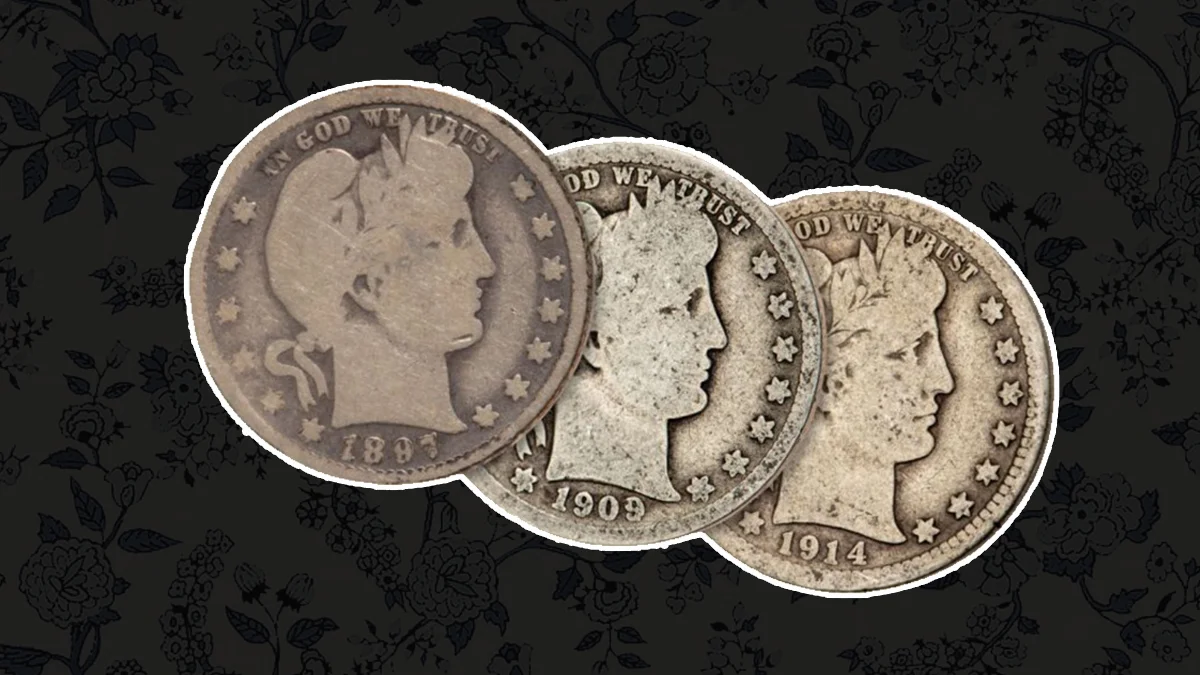
Barber quarters, with their intricate designs and historical significance, were minted for only 20 years, making them valuable pieces for numismatists. Grading these coins helps assess their condition and value based on specific criteria. Understanding this process requires a closer look at various grading levels and the critical aspects that determine them.
What is Coin Grading?
Grading is evaluating a coin’s condition, primarily to determine its value. The grading process considers factors such as attractiveness, preservation, strike quality, color, and luster. Introduced in 1949 by Dr. W. H. Sheldon, the 1 to 70 scale initially designed for large U.S. coins was later adapted to all U.S. coinage with updates in the 1970s.
This scale uses a quantitative method: the higher the coin’s grade, the better its condition. The evaluation covers the coin’s obverse (front), reverse (back), and rim. Each side may vary in grade, impacting the coin’s overall assessment.
Understanding Grades for Barber Quarters
Barber quarters are made of 90% silver and were produced between 1892 and 1916. Due to their age and extensive circulation, finding uncirculated Barber quarters in excellent condition is rare. These coins are graded from AG (About Good) to MS (Mint State) 70, with different characteristics determining each grade.
GradeDefinition
Here’s the information arranged in a table format:
| Grade | Description |
|---|---|
| AG 3 | Heavily worn; design mostly outlined |
| G (Good) | Basic design visible; significant wear |
| VG (Very Good) | More detail visible but still worn |
| F (Fine) | Moderate detail, with more visible elements |
| VF (Very Fine) | Considerable detail, less wear |
| EF (Extra Fine) | High points slightly worn |
| AU (About Uncirculated) | Minimal wear; strong luster |
| MS (Mint State) | No wear; the highest quality, ranks from MS 60-70 |
1. About Good (AG) Grade
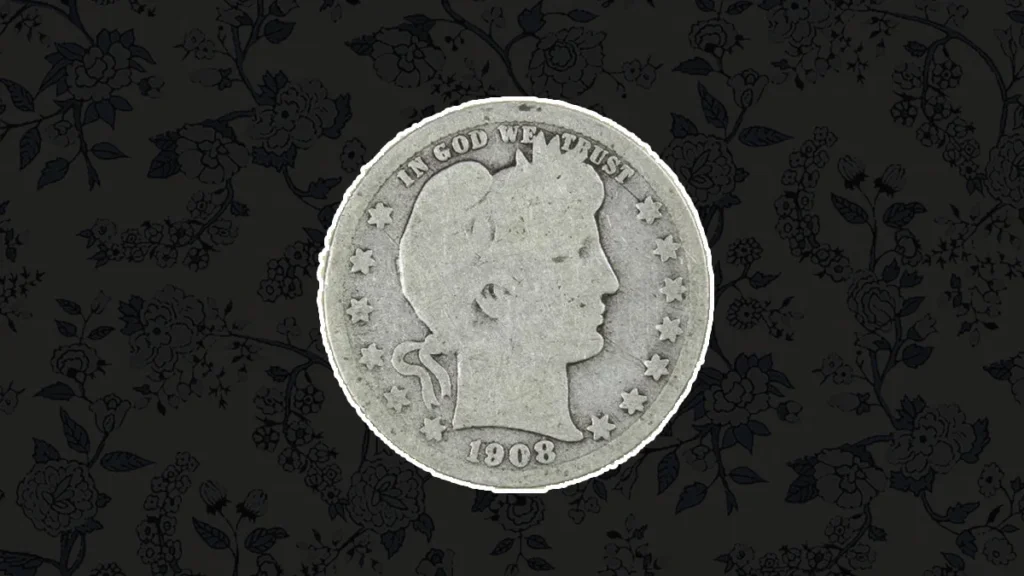
Coins in the AG category are heavily worn, with most design details reduced to outlines. Due to their extreme wear, these coins often lack collectibility.
Obverse Details
- Design features are faintly recognizable.
- The rim is worn and nearly indistinguishable.
- The year and most stars around Liberty are flattened but legible.
Reverse Details
- The eagle’s figure is mostly gone, with outer lines and significant details missing.
- Lettering and the eagle’s wings are faint or absent.
2. Good (G) Grade
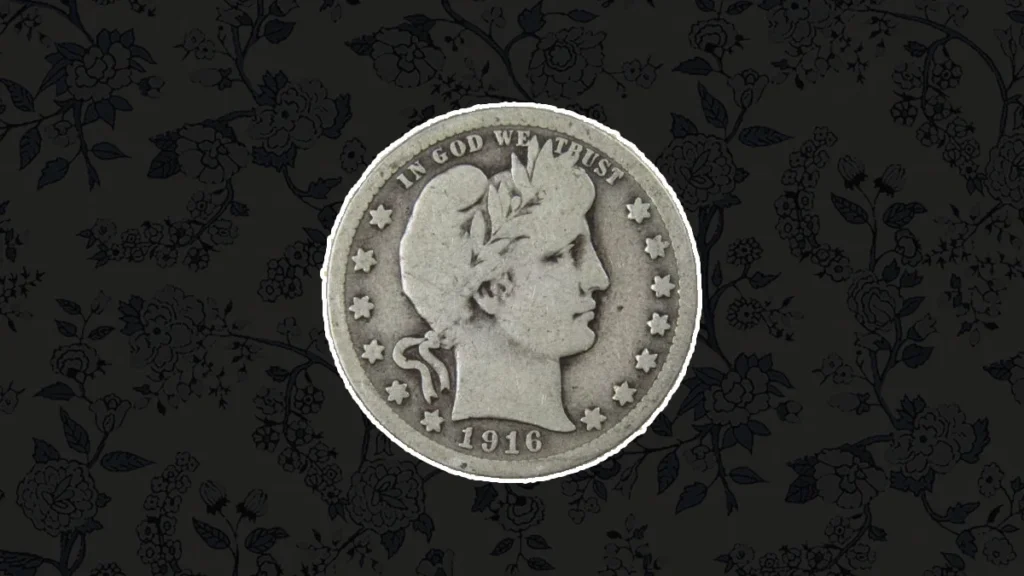
Barber quarters in Good condition still have noticeable wear, but key design elements are better defined compared to AG coins.
Obverse Details
- Liberty’s profile is outlined but lacks detail.
- The rim is complete but may show signs of wear.
- The ear and eye are slightly distinguishable.
Reverse Details
- The eagle’s wings have minimal details.
- The lettering is partially worn, and some elements remain flat.
3. Very Good (VG, VG8, VG10) Grade
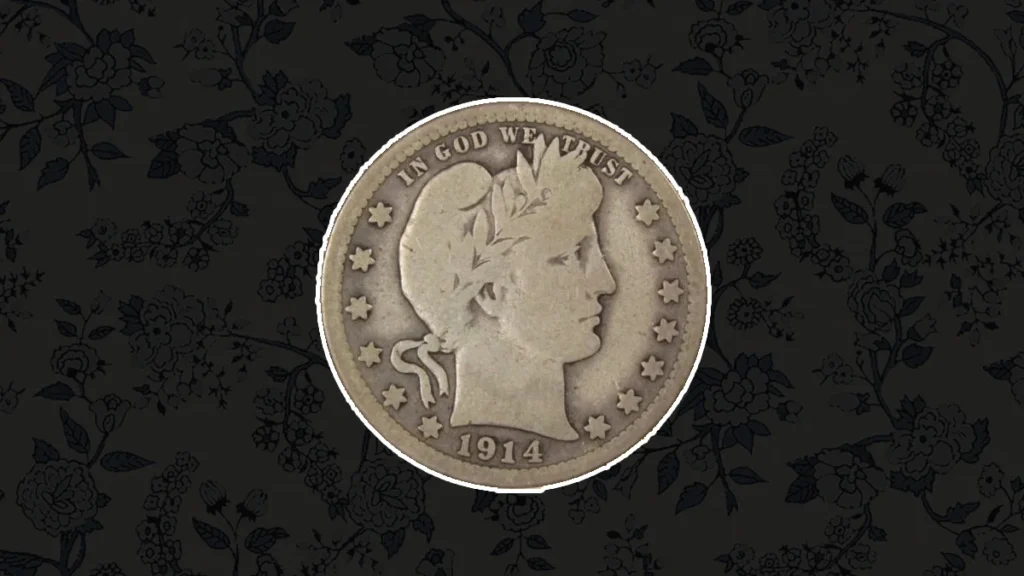
Coins in VG grade present clearer main design elements but still show considerable wear.
Obverse Details
- Liberty’s profile is smoother, and her features like the nose and lips are visible.
- Three letters of “LIBERTY” remain visible.
- The rim is more defined, providing a clearer border.
Reverse Details
- A small amount of detail is visible on the eagle and shield.
- Some of the lettering of “E PLURIBUS UNUM” is still visible.
4. Fine (F, F12, F15) Grade
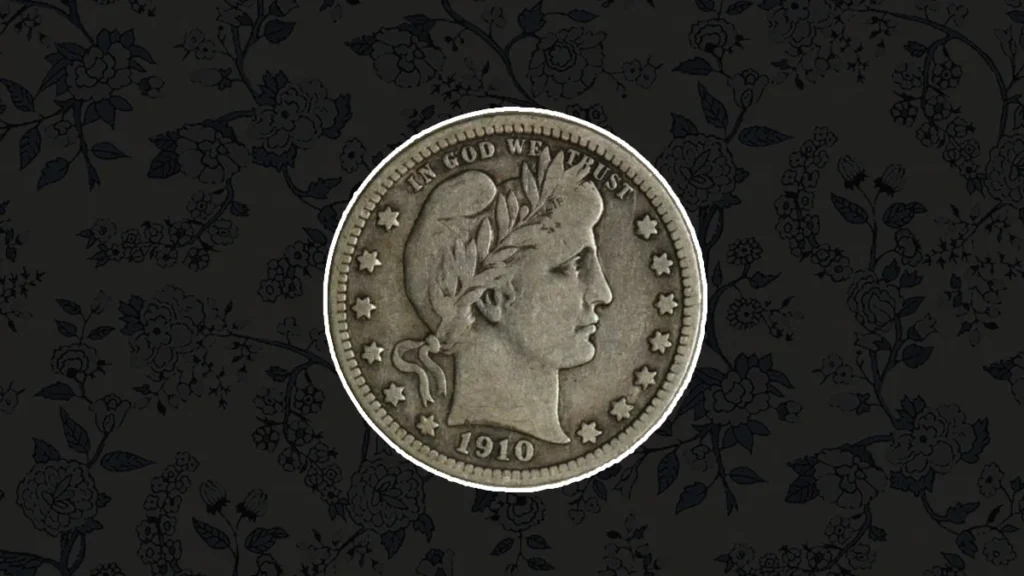
Coins at this grade show moderate signs of wear with more recognizable design elements.
Obverse Details
- Hair and facial features are evident, with “LIBERTY” still weak but legible.
- The rim is fully intact and well-defined.
Reverse Details
- More feather details are visible on the wings and arrows.
- The shield exhibits moderate detail, and the lettering is more readable.
5. Very Fine (VF, VF20, VF25, VF30, VF35) Grade
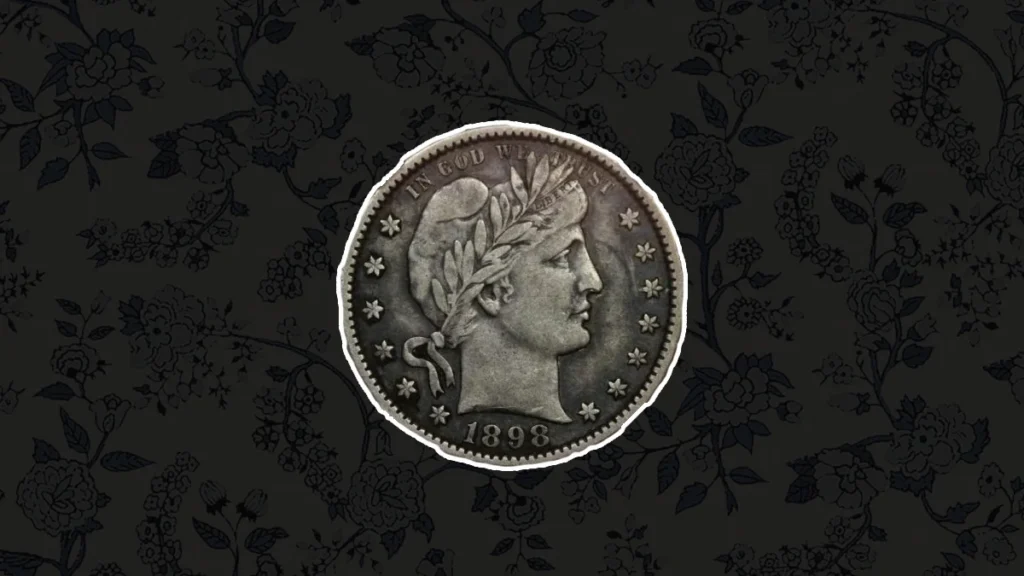
VF-grade coins retain most of their design details and show less wear.
Obverse Details
- About half of the wreath leaves and hair details are visible.
- The “LIBERTY” inscription is complete but may be faint.
- More prominent features, such as Lady Liberty’s jawline, become defined.
Reverse Details
- The wings and shield display clear lines.
- The motto and other lettering are legible.
- The feathers on the eagle’s head appear more detailed, especially in higher VF subgrades.
6. Extra Fine (EF40, EF45) Grade
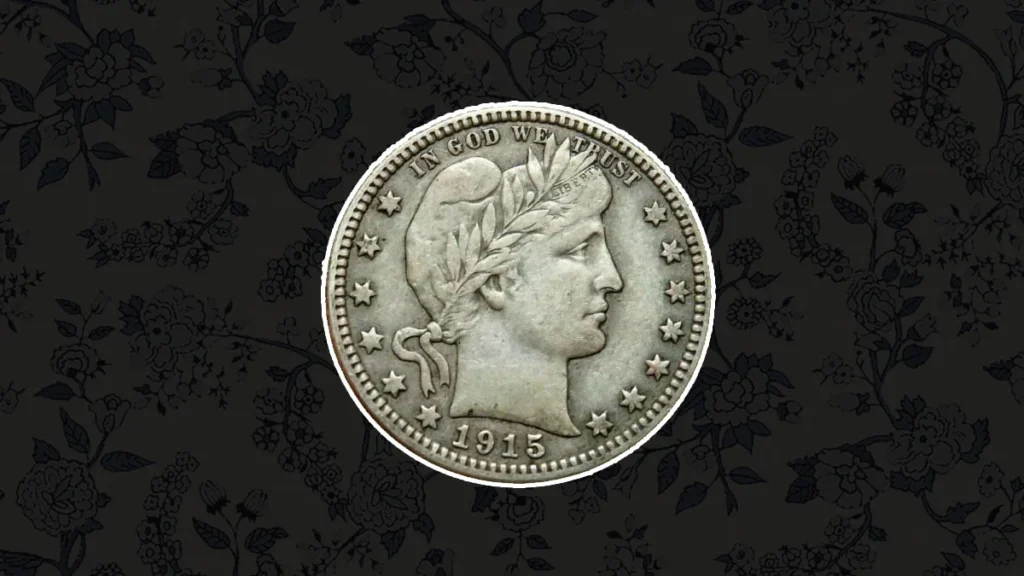
Coins in the EF category are worn only on high points, retaining much of their original luster.
Obverse Details
- Lady Liberty’s face is sharp, with detailed hair visible at the back.
- The Phrygian cap is distinct.
- EF 45 coins showcase light wear, mostly on raised areas.
Reverse Details
- Approximately 80% of feather and shield details are visible.
- The band lettering remains fully visible, enhancing the coin’s clarity.
7. About Uncirculated (AU50, AU55, AU58) Grade
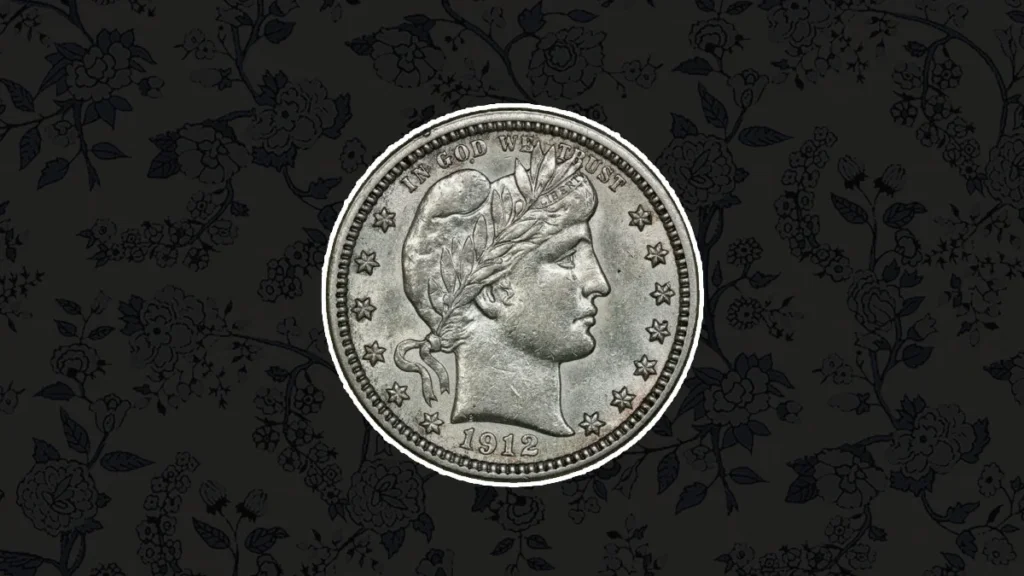
Coins in this range exhibit minimal wear, primarily on the highest points, with a substantial portion of their original mint luster.
Obverse Details
- More detailed hairlines, defined cheeks, and sharp eyebrow features.
- A noticeable shine, though diminished compared to higher grades.
Reverse Details
- Well-defined tail feathers and bold arrows.
- The eagle’s neck and wingtops show slight signs of wear.
8. Mint State (MS 60 to MS 70) Grade

Mint State coins are highly prized for their exceptional condition. The MS grade ranges from 60 to 70, with MS 70 being perfect.
MS 63 Grade
- Minor contact marks are present, but the luster is complete.
- Hair details and facial features are prominent.
MS 64 Grade
- Features a strong shine with minor imperfections.
- Some high-point marks are visible but do not detract from the overall quality.
MS 65 Grade
- Nearly flawless with minimal contact marks.
- Bold and clear portrait details, including sharp reverse design with full features.
Key Points in Grading Barber Quarters
Grading Barber quarters involves careful consideration of scratches, wear, and luster. Factors like hairline scratches and contact marks are common in lower grades and can impact the overall assessment. The symmetrical design of these coins often leads to uniform wear, aiding in grading.
Related Post –
- How to Grade Buffalo Nickel?
- How to Grade Barber Half Dollar?
- How to Grade Franklin Half Dollar?
- How to Grade Barber Dimes?
Summary
Grading Barber quarters accurately requires observing the specific design details on both sides and understanding how wear impacts the grade. High-grade coins are valued for their luster, sharpness, and preservation, while circulated coins reflect their long history through wear and tear.
FAQs
Q1. What is the most common grade for Barber quarters?
Most circulated Barber quarters are found in grades between Good (G) and Fine (F).
Q2. Why are Mint State Barber quarters valuable?
They have no signs of wear, showcasing complete design details and luster, making them rare and desirable.
Q3. Can I grade Barber’s quarters at home?
While you can make an initial assessment, professional grading services provide accurate and reliable evaluations.
Q4. What impacts the grade of a Barber quarter most?
Factors include visible wear, scratches, strike quality, and mint luster.
